Ancient Origins and Global Influence
Cupping therapy, with roots spanning ancient Egypt, China, Greece, and Rome, left a profound mark on diverse cultures throughout history. It has been an integral part of traditional Chinese medicine for over 2,000 years, balancing Qi (energy) and enhancing blood circulation to alleviate various ailments. Even in ancient Greece, Hippocrates lauded its therapeutic benefits in his medical texts. In Islamic medicine, the term “Hijama” holds great significance, as it was endorsed by Prophet Muhammad as a remedy for various illnesses. This sacred endorsement led to its adoption in many Muslim-majority regions. Over time, cupping evolved, demonstrating resilience and enduring effectiveness through the Middle Ages to the modern era.
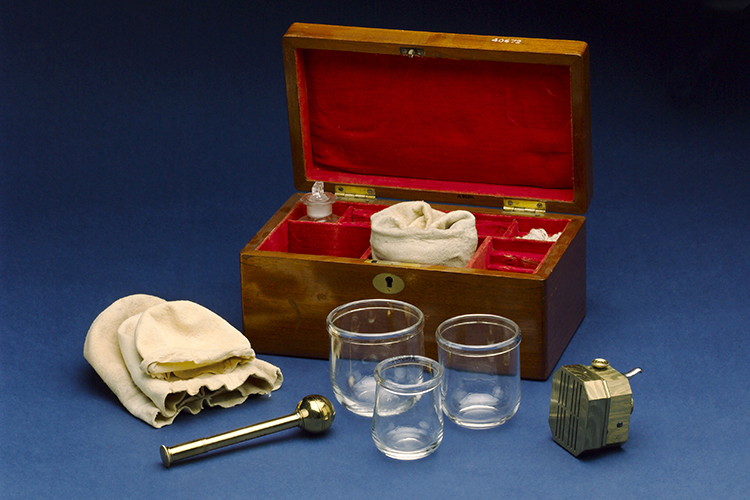
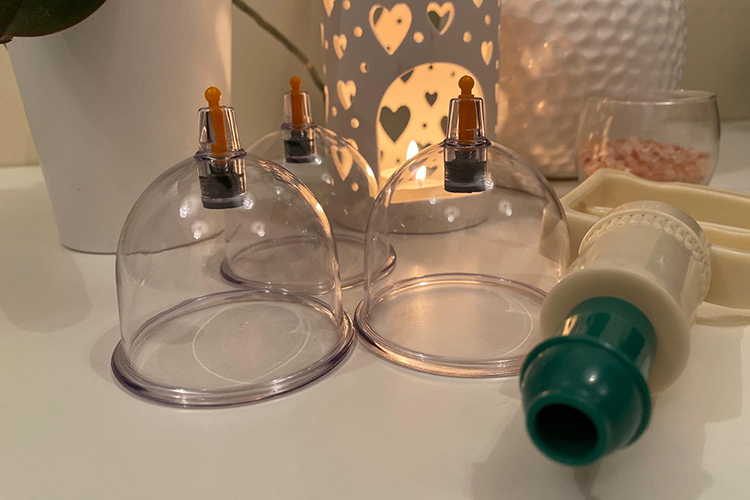
Contemporary Resurgence
Today, cupping therapy experiences a resurgence in popularity, not only in traditional medicine but also in complementary and alternative medicine. Its prominence on the global stage became particularly noticeable when athletes displayed cupping marks during significant events like the Olympics. Various forms of Hijama now find their place in holistic and alternative medicine, serving as a valuable tool to address multiple health concerns. However, it’s important to note that the effectiveness and safety of Hijama may vary from person to person and condition to condition. Seeking guidance from a qualified practitioner is advisable.
Pre and Post Hijama
Maintaining the right temperature can significantly enhance your Hijama experience:
Before Hijama:
- Cold Temperatures: Stay warm before your session to promote better circulation.
- Hot Temperatures: Avoid excessive heat to prevent discomfort and dehydration.
After Hijama:
- Cold Temperatures: Keep treated areas warm to reduce sensitivity.
- Hot Temperatures: Avoid prolonged sun exposure and excessive sweating immediately after your session.
Physical Activity Post-Hijama (Read more)
Taking precautions with physical activity after Hijama is crucial for your safety and healing:
- Rest and Relaxation: Rest for about 15-30 minutes immediately after the session to allow your body to adjust.
- Avoid Strenuous Exercise: Steer clear of heavy lifting and intense workouts for at least 24 to 48 hours.
- Keep Areas Clean and Dry: Maintain cleanliness and avoid excessive sweating in treated areas.
- Hydrate: Drink plenty of water to promote healing and toxin removal.
- Listen to Your Body: If you feel discomfort, pain, or unusual sensations, stop and rest.
- Consult Your Practitioner: Follow any post-treatment instructions provided by your Hijama practitioner for personalized guidance.
Post-Hijama Clothing Choices (Read more)
Choosing the right clothing post-Hijama can ensure comfort and facilitate proper healing:
- Loose and Breathable Clothing: Opt for loose-fitting, breathable materials like cotton.
- Long-Sleeved Garments: Offer extra protection, especially for areas with cupping marks.
- Easy Access: Ensure easy access for applying post-treatment ointments or creams.
- Layering: Adjust your clothing for temperature changes without putting pressure on treated areas.
- Avoid Tight Belts: Be cautious with tight belts, which may press against cupping marks.
- Dark-Colored Clothing: Conceal temporary discoloration caused by cupping marks if desired.
Remember that clothing choices may vary depending on specific areas treated and personal comfort. Always follow your Hijama practitioner’s post-treatment care instructions for personalized advice.
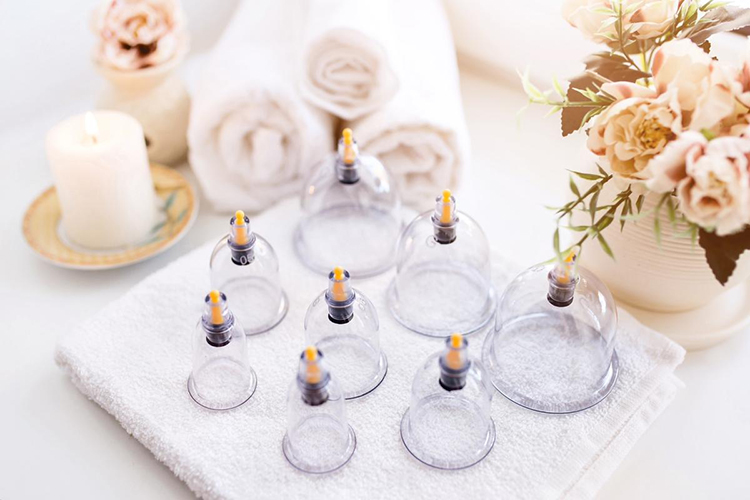

Hijama and Complementary Therapies:
A Harmonious Approach
Integrating physiotherapy or massage therapy with Hijama requires thoughtful consideration:
- Timing: Wait at least 24 to 48 hours after cupping before engaging in physiotherapy or massage to allow your body to recover.
- Communication: Inform your physiotherapist or massage therapist about your recent cupping session for tailored treatment.
Your cupping practitioner and the provider of additional therapies can collaborate to ensure safe, effective, and personalized care.
Hijama During Menstruation: An Individual Choice (Read more)
The permissibility of Hijama during menstruation varies among scholars and individuals:
- Islamic Perspective: Scholars differ on whether Hijama is allowed during menstruation. Consult with knowledgeable sources or scholars for guidance.
- Safety and Comfort: From a practical and medical standpoint, many healthcare practitioners advise against Hijama during menstruation due to hygiene and potential complications. The choice ultimately rests with the woman receiving the treatment.
Traditional and Modern Perspectives on Hijama (Read more)
Explore how Hijama is viewed from both traditional and modern medical perspectives:
Traditional Medical Perspective:
- Ancient Practice: Employed for thousands of years across various cultures.
- Holistic Approach: A holistic method to restore balance and promote the body’s natural healing processes.
- Energetic and Blood Flow: Focus on manipulating energy (Qi) and improving blood circulation to alleviate pain and enhance well-being.
Hijama & Health
Hijama’s Potential Impact on Mental Health
While primarily recognized for physical health benefits, some believe Hijama therapy can positively affect mental well-being:
- Stress Reduction: Promoting relaxation and reducing muscle tension to alleviate stress and anxiety.
- Pain Management: Managing chronic pain to improve mental comfort.
- Improved Sleep: Enhancing sleep quality, which regulates mood and reduces stress.
- Enhanced Blood Circulation: Improving oxygen and nutrient delivery to the brain for better cognitive function.
- Detoxification: Potentially improving mental clarity through toxin removal.
- Migraine and Headache Relief: Alleviating tension and reducing headache frequency.
- Relaxation Response: Triggering the body’s relaxation response for mental relaxation.
- Self-Care: Fostering self-care awareness and a sense of well-bein
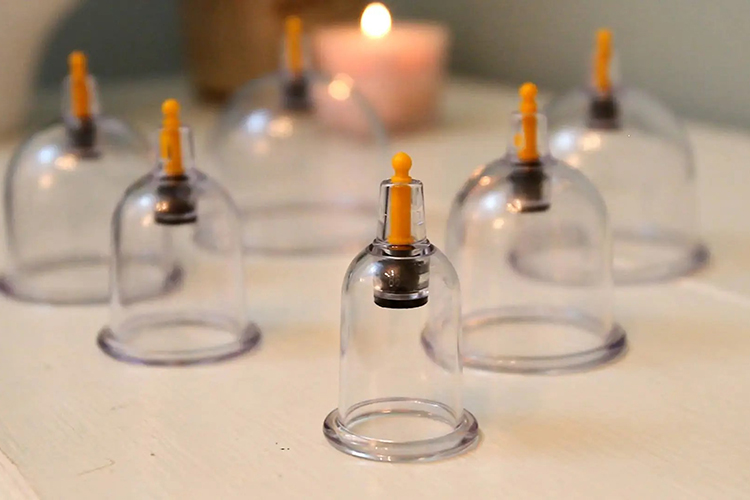
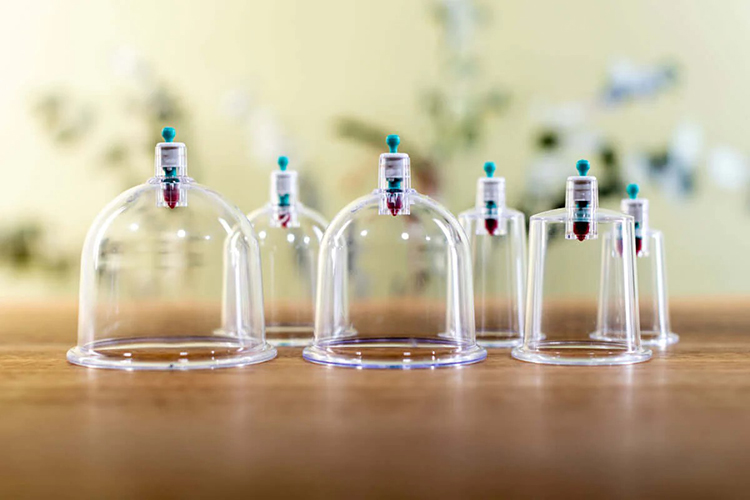
Hijama’s Role in Fertility for Men and Women
For Women’s Fertility:
- Stress Reduction: Lowering stress levels to support menstrual cycle regulation and ovulation.
- Hormone Regulation: Balancing hormones for healthy menstrual cycles and ovulation.
- Menstrual Irregularities: By addressing irregular periods, fertility can be enhanced.
For Men’s Fertility:
- Stress Reduction: Managing stress to support sperm production and quality.
- Sperm Quality: Potentially improving sperm quality through enhanced circulation and reduced oxidative stress.
- Prostate Health: Promoting prostate health for indirect effects on male fertility.
- General Well-Being: Enhancing overall health and well-being, which can influence fertility.
Optimal Timing for Fertility (Read more)
For women trying to conceive, consider the following schedule:
- First session: 3-5 days before menstruation
- Second session: 3-9 days after menstruation
This approach clears blockages, prepares the endometrium for implantation, and regulates menstrual periods. We recommend two sessions every two weeks for three consecutive months, focusing on the anterior and posterior body in separate sessions for men with low sperm count.
2025 Hijama Calendar
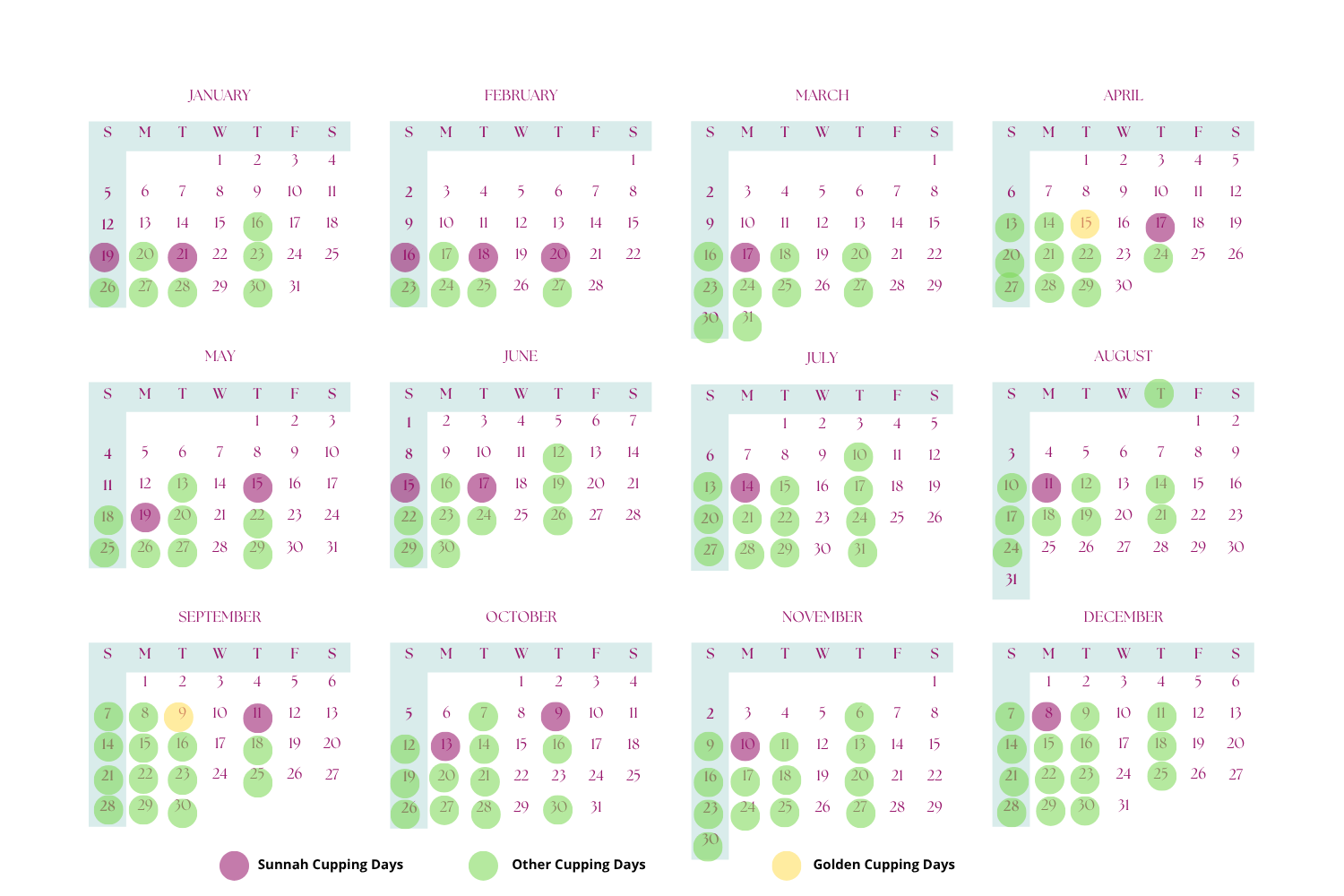
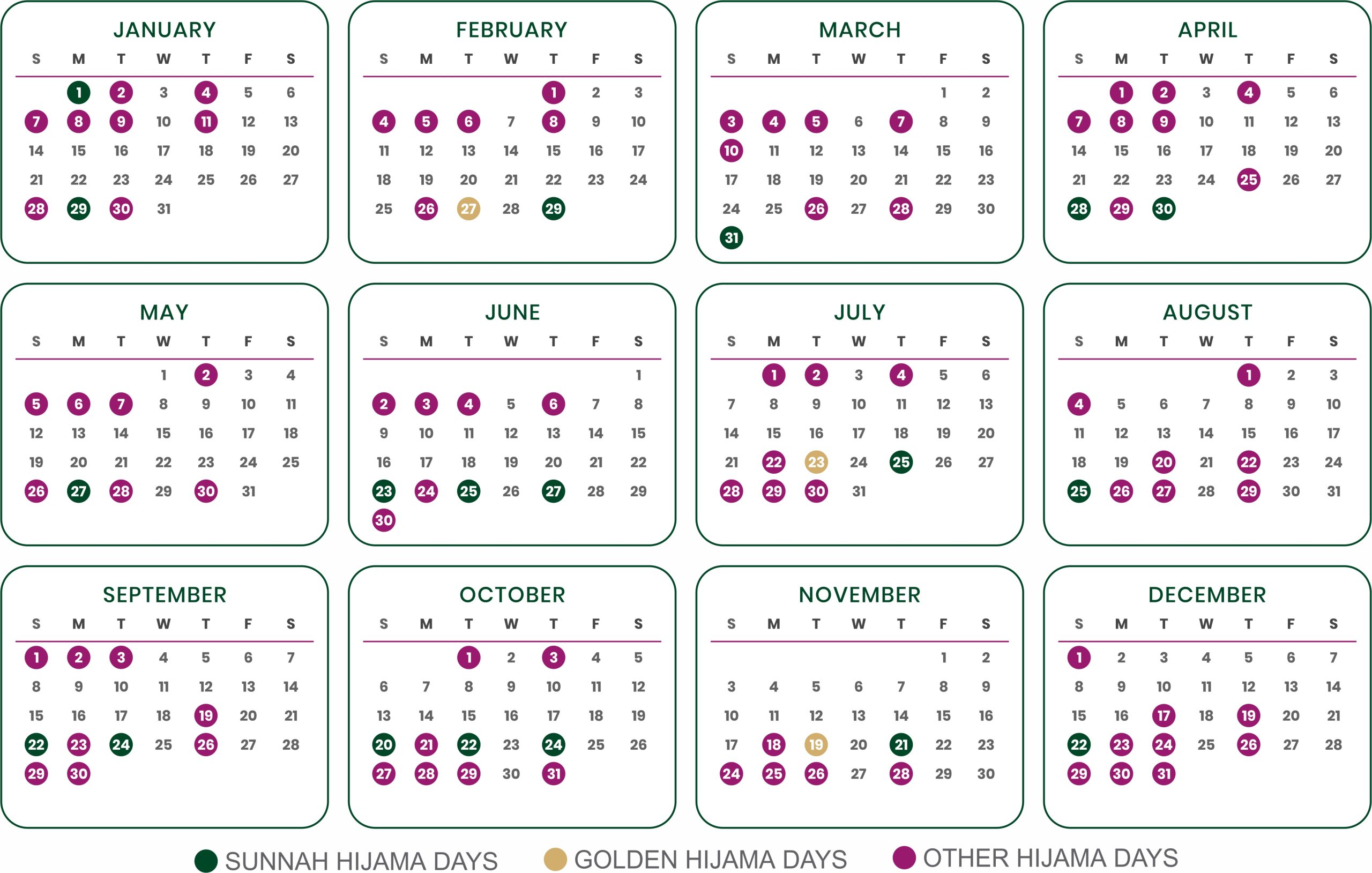
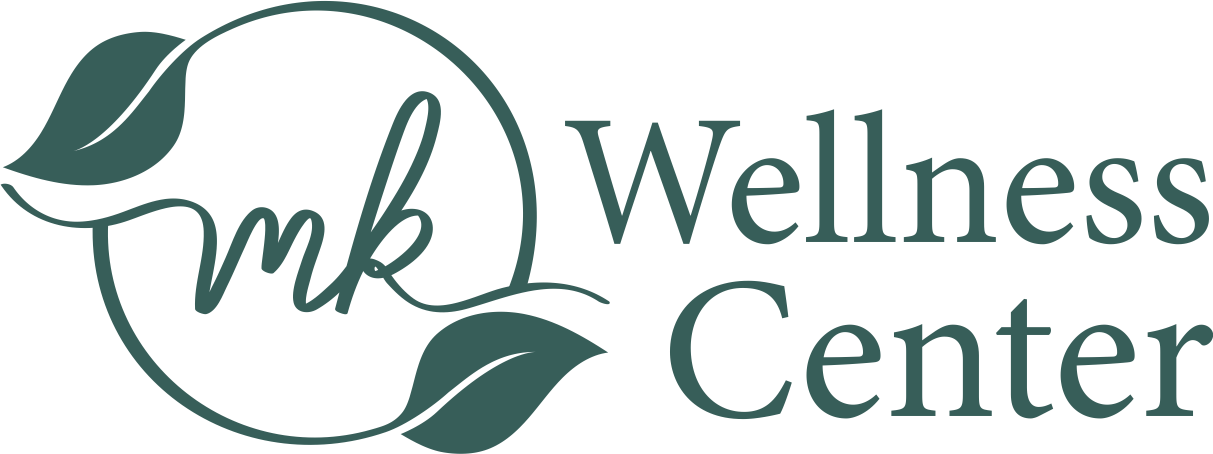
Join the Healing Journey
Explore the rich history and promising future of Hijama therapy. Whether you seek physical relief, mental tranquility, or fertility support, this ancient practice offers a holistic path to well-being. Embrace the wisdom of the ages and embark on your journey of healing with Hijama.
Cancellation policy
At MK Wellness Center, we strive to provide the best care and service to all our clients.If you need to cancel or reschedule your appointment, please notify us within 24 hours in advance.
Cancellations made within 24 hours notice will be subject to a $50 cancellation fee.
We appreciate your understanding and cooperation as this allows us to accommodate other clients who may be waiting for an appointment.
For any changes or cancellations, please contact us via Instagram DM or by phone at 201-250-9737 / 973-914-8123.